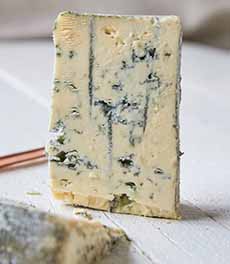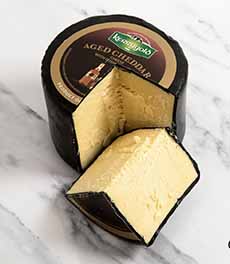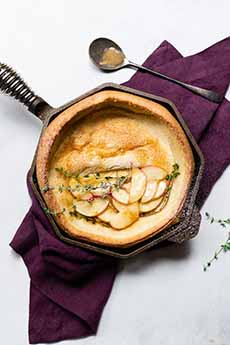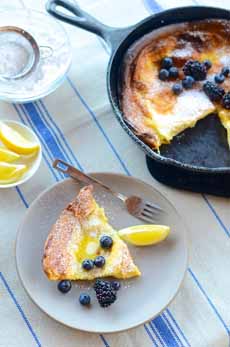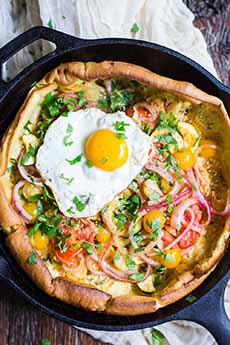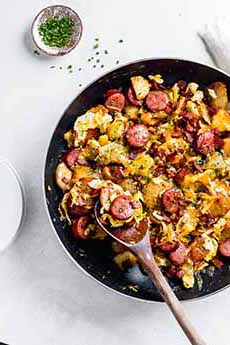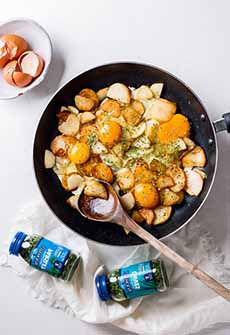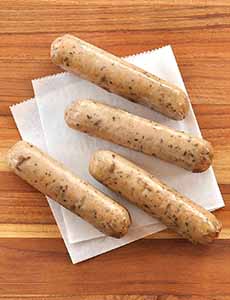|
Cookbook author, chef, and restaurateur Judith McLoughlin calls the recipe below “St. Patrick’s Colcannon & Corned Beef.” It’s an alternative approach to the traditional Corned Beef & Cabbage.But we wouldn’t want to limit this delicious dish to just one day a year (St. Pat’s).
Judith adds: “Most Americans are shocked when I tell them that my first meal exposure to the…St. Patrick’s meal of corned beef and cabbage was when I moved to the USA. What we refer to as corned beef in Ireland comes in a tin and is a rather unsavory entrée choice, but in America, corned beef is a brined, cured beef that is delicious.”
Our mother was a big fan of corned beef and cabbage, and cooked a corned beef in her pressure cooker monthly or so, serving it with parsley potatoes. Whole grain or Dijon mustard was our condiment of choice.
But Mom never made colcannon. Instead, she went traditional-American: boiled white-jacket potatoes in parsley butter.
Judith Loughlin’s recipe (photo #1) is below.
> The history of corned beef.
> What makes the beef “corned?”
> The history of potatoes.
> The different types of potatoes: a photo glossary.
> The history of kale and the different types of kale.
> The history of St. Patrick’s Day.
> 100+ St. Patrick’s Day recipes.
>The history of colcannon is below, after her notes on the potatoes and butter.
ABOUT FLOURY POTATOES
Colcannon requires floury potatoes. In the U.S. the best-known are the Burbank russet and Idaho® Potato* (although there are more than 40 varieties of russets).
Russets are the best potato for baking, mashing, and French fries. That’s because by the time of harvest, most of their sugar has converted to starch and they are low in water content.
Floury potatoes also fry well, as their low sugar levels mean less excessive browning.
ABOUT IRISH BUTTER
The recipe calls for Irish butter. The Kerrygold brand Irish butter is relatively easy to find in American stores.
Why Irish butter? Irish—and most European—butter is richer (82% butterfat or higher) than American brands (80% butterfat, regulated by the USDA).
The 2% difference in butterfat may not seem like much, but it makes a big difference in taste and texture.
If you need convincing, split your potatoes into two parts and make an “Irish batch” and an “American batch.” Let your palate choose the winner.
RECIPE: ST. PATRICK’S COLCANNON & CORNED BEEF
Colcannon is made from potatoes plus cabbage or kale. This recipe uses kale, and turns the colcannon into a lovely, green-flecked bed for the slices of corned beef (photo #1).
The recipe is from Judith McLoughlin’s Book, A Return To Ireland (photo #10). There’s more about the author below.
For another side dish, carrots are traditional. For wine pairings, see the caption under photo #9.
Ingredients For The Colcannon Potatoes
2½ pounds floury (russet) potatoes (photo #3)
4 tablespoons (¼ cup) milk
7 ounces curly kale*, hard stalks removed (photo #5)
8 spring onions (photo #6)or substitute‡, finely chopped
1½ teaspoons sea salt
¼ teaspoon freshly-ground black pepper
4 ounces (1/2 cup) unsalted Irish butter
4 fluid ounces (½ cup) heavy whipping cream
4 fluid ounces (¼ cup) reserved cooking liquid from the kale
Ingredients For The Corned Beef
1½ pound flat-cut brined corned beef (photo #2)
Olive oil for drizzling
Ingredients For The Parsley Cheese Sauce
2 ounces butter
2 ounces flour
½ pint (1 cup) whole milk
¼ pint (½ cup) chicken stock
1 ounce (1/4 cup) Dubliner Irish cheese, grated (photo #7—substitute young Gouda)
1 teaspoon Dijon mustard
Handful of curly parsley, leafy part only, finely chopped
Garnish: curly parsley sprigs
Preparation
1. COOK the brisket. It can be slowly boiled or baked in the oven. Low and slow is the key. For the oven method, preheat the oven to 300°F, then wrap up the brisket inside a sheet of foil, fat side up, like a parcel. But first…
2. DRIZZLE a little olive oil over the brisket. Next, wrap the brisket with the foil and roast for 1 hour per pound, leaving 15 minutes for the meat to rest before carving.
3. MAKE the colcannon. Place the potatoes in a large pan of cold, salted water with milk, adding just enough water to cover the potatoes.
4. BRING the potatoes to a boil and then reduce the heat and simmer for about 20 minutes until they are soft when pierced with a fork.
5. DRAIN the potatoes with a metal strainer, then set the potatoes back in the empty pan on the warm stove top to allow them to dry out a little.
6. BLANCH the kale. In a large saucepan, bring some water to a roaring boil. Blanch the kale for 1 minute. SAVE 1/4 cup of the cooking liquid.
7. DRAIN the kale, roughly chop, and place it in a blender, pulsing for a few seconds.
8. MELT the butter with the cream and ¼ cup of the retained cooking liquid from the kale. Infuse the spring onions, cooking for 30 seconds to soften.
9. MASH the potatoes and slowly add the butter-and-cream liquid from the previous step. Fold in the blanched kale, salt, and pepper. You now have colcannon.
10. PREPARE the parsley sauce by melting the butter in a small saucepan. Add the flour and allow to cook gently for 1 minute, stirring constantly.
11. Whisk in the milk and chicken stock and bring the sauce to a simmer and cook for 3–4 minutes. Stir in the cheese and mustard and cook for 1 more minute. Season with salt and pepper and stir in the chopped parsley.
To serve:
12. SPOON the colcannon onto a warm plate for each serving (if you can microwave your plates, warm them in the microwave for 30 seconds). Place slices of corned beef on top. Drizzle the dish with about 2 tablespoons of parsley sauce.
13. GARNISH with a small crown of curly parsley (see photo #1) and serve immediately.
THE HISTORY OF COLCANNON
Colcannon is a traditional Irish side dish, often served during festive occasions such as Halloween and St. Patrick’s Day.
The name is derived from the Gaelic cal ceannann, meaning “white-headed cabbage.”
The dish typically consists of mashed potatoes mixed with either chopped kale or cabbage, along with butter, milk, and sometimes a member of the allium family‡‡: spring onions, green onions/scallions, or leeks.
The origins of colcannon date to the late 16th-century Ireland, when potatoes were introduced.
Sir Walter Raleigh, an English adventurer, writer, and explorer, is often credited with bringing the potato to Ireland during his time as an estate owner in County Cork.
He is said to have obtained the potatoes from the Canary Islands and planted them on his estate in the late 1580s or early 1590s. (Potatoes originated in Peru. Here’s the history of potatoes.)
The potato quickly adapted to the Irish climate and soil conditions, becoming a staple crop for the population. Its high yield, nutritional value, and versatility made it an essential part of the Irish diet.
Over time, the potato became a crucial element in Irish agriculture and cuisine, playing a significant role in the country’s history and development.
Colcannon emerged as a way to make boiled and baked potatoes more flavorful and nutritious by combining them with local vegetables such as cabbage and kale—or essentially, whatever ingredients were readily available.
The dish evolved over time, with regional variations and personal preferences influencing the recipe.
Its predecessor was a dish called champ (also called poundies): mashed potatoes with chopped spring onions or green onions/scallions and milk.
Potatoes and cabbage or kale remain the core ingredients of colcannon, along with butter, milk, and a member of the onion family such as scallions, leeks.
Modern takes include bacon or ham, Dijon mustard, grated Cheddar, herbs, red pepper flakes, and chopped jalapeños.
You can even make colcannon with sweet potatoes! Experiment as you like.
Colcannon has become a signature dish of Irish cuisine. It has also gained popularity in other parts of the world as a tasty comfort food.
A related recipe is the “Bubble and Squeak” of British cuisine: mashed leftover potatoes and chopped cabbage mixed together and fried in a round cake, then sliced and served at breakfast.
ABOUT THE AUTHOR
Judith McLoughlin is an Irish chef and owner of a gourmet food business in Georgia called The Shamrock and Peach. Specializing in Irish cuisine, Judith has created her own unique food fusion by blending the techniques of her homeland with the newfound flavors of the South.
Growing up in County Armagh in Northern Ireland and setting down roots in the South, over the past decade Judith has become one of the most recognized Irish faces and brands in Atlanta, throughout the American South and abroad. She regularly contributes to food columns in national newspapers and magazines on both sides of the Atlantic and leads numerous discovery tours from the U.S. to Ireland each year.
Before A Return To Ireland, she published a cookbook entitled The Shamrock and Peach.
|
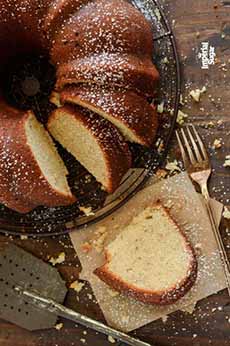
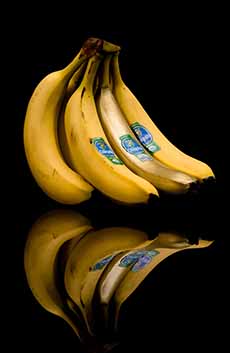
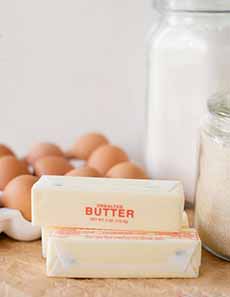
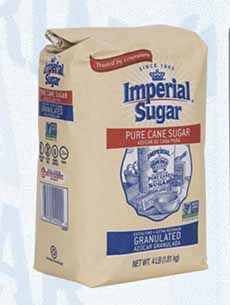
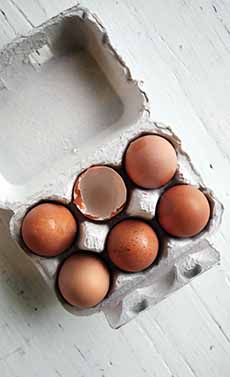

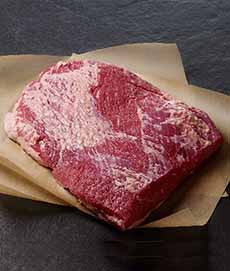
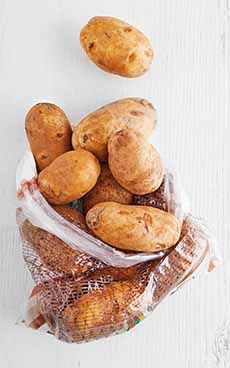
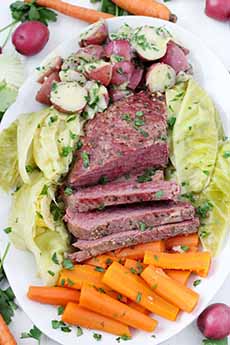
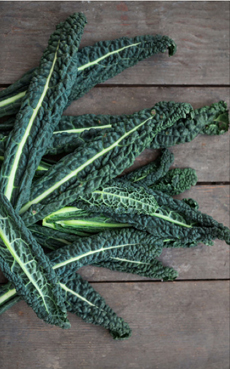
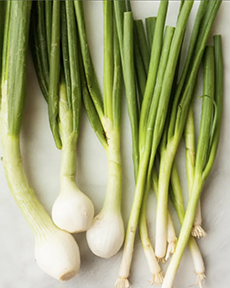
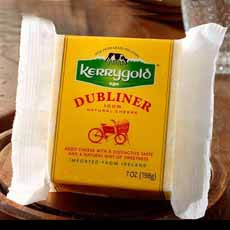

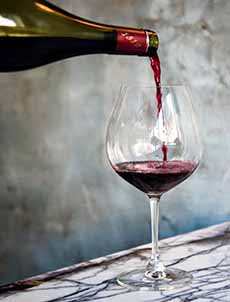

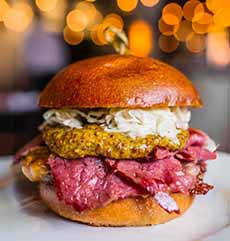
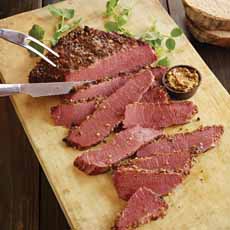
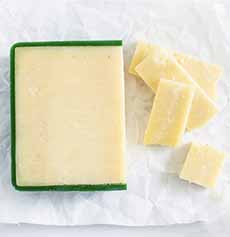
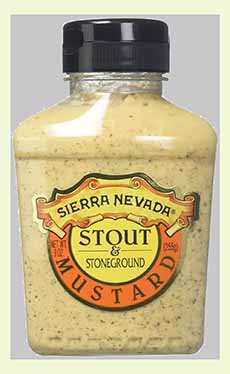

 [6] Blarney Castle is a Gouda-style cheese, similar to a young Dutch Gouda cheese (photo ©
[6] Blarney Castle is a Gouda-style cheese, similar to a young Dutch Gouda cheese (photo © 